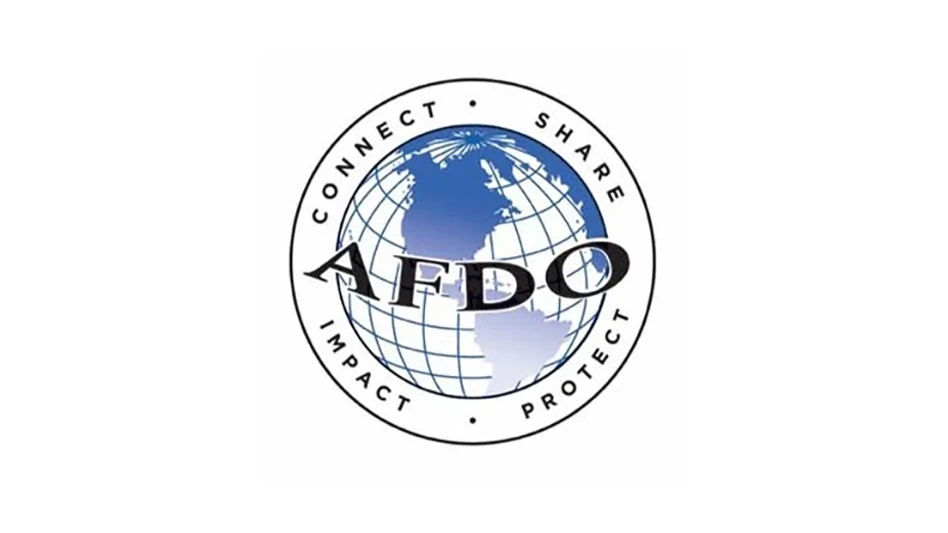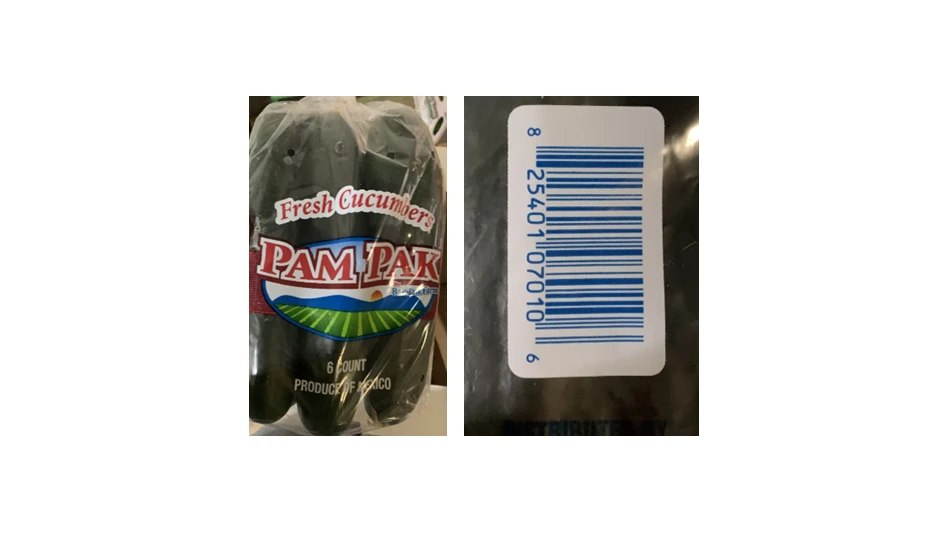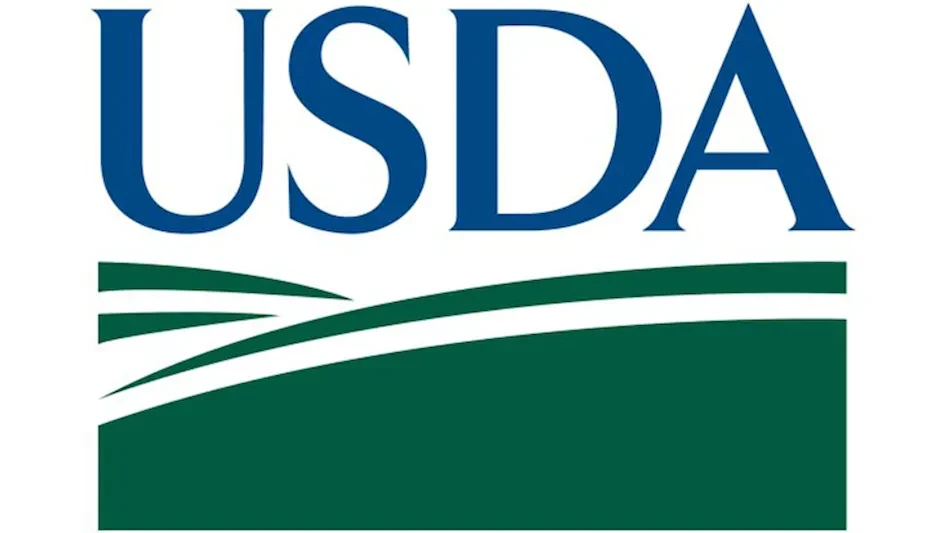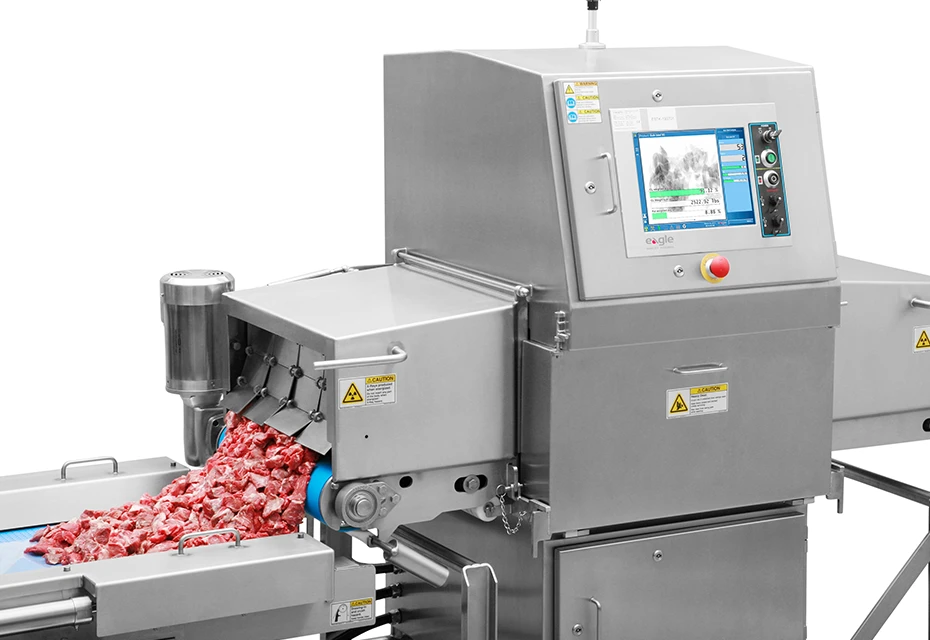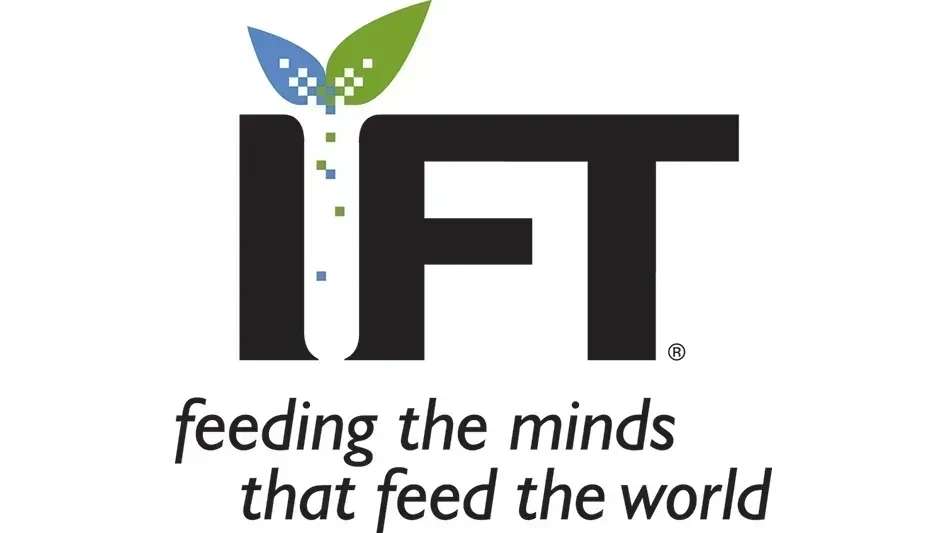
1. How do you assess the surface sanitation needs of your food processing partners?
Through observation and discussion of their current processes, we evaluate the specific needs of each production facility and create a distinct program tailored to fit their requirements and improve existing procedures. Our unique surface sanitation products allow us both flexibility and creativity when problem-solving and finding solutions that optimally serve customers on a case-by-case basis.
2. What are some common misconceptions in the food processing industry regarding surface sanitation?
One of the most common misconceptions is that you need a wide variety of products to get the job done. Often, food processors use 15 or more diluted chemicals to sanitize their facilities, leading to increased labor costs, training and downtime — time that could be dedicated to food processing. Ready-to-use sanitation products can reduce costs and interruptions to production while meeting the sanitation requirements of those facilities.
3. Are certain types of surface sanitizers more common than others?
It depends on the environment and application. Quaternary ammonia is a very common cleaner and sanitizer used in many of our own products. However, some customers choose not to use quats in their sanitation processes. Different facilities require different tools — in either case, we offer highly-effective solutions using quat-based or quat-free formulas, providing adaptable tools for a myriad of environments and applications.
4. Are there any surfaces that are frequently overlooked in the surface sanitation process?
While essentially all surfaces in a food processing environment require cleaning and sanitation, surfaces that can transport or facilitate the growth of bacteria, such as gloves or footwear, are at risk of being overlooked. Our Airless SmartStep™ Footwear Sanitizing System operates by the force of the human step (no compressed air or electricity required) to deliver an atomized spray of surface sanitizer to the bottom of footwear soles, providing consistent, measurable sanitation results for each application. The Airless SmartStep™ can be placed on the production floor or in other remote areas as needed.
5. Which surface sanitizer would you recommend for food processors?
Alpet® D2 Quat-Free Surface Sanitizer is my recommendation — a ready-to-use, alcohol-based, no-rinse, highly-effective and evaporative formula (ideal for water-sensitive equipment and low moisture environments) with the fastest kill times available for food contact and non-food contact surfaces. It is NSF-listed, EPA-registered, Kosher-, Pareve- and Halal-certified, and approved under the Washington State Department of Agriculture Organic Food Program. Plus, Alpet® D2 Quat-Free works tremendously when used in unison with the Airless SmartStep™ Footwear Sanitizing System.
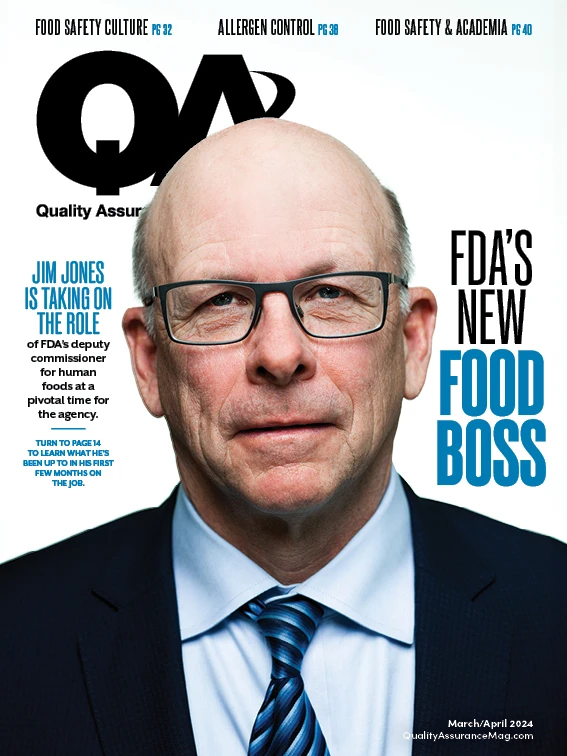
Explore the March/April 2024 Issue
Check out more from this issue and find your next story to read.
Latest from Quality Assurance & Food Safety
- IDFA Presents Leadership Award to Six Federal Officials at Annual Celebration of Dairy Reception
- Seeding The Future Global Food System Challenge is Changing Lives: Winners Reflections
- Raw Farm Products Recalled Following Bird Flu Virus Detections
- FDA Issues 2024 Voluntary National Retail Food Regulatory Program Standards
- GSA Launches Assurances Platform, Prism and Webinar Series in Partnership with Wholechain
- Multistate E. coli Outbreak Linked to Iceberg and Romaine Lettuce Blend
- FDA, USDA Seek Information About Food Date Labeling
- William Marler, Food Safety Advocate and Lawyer, Condemns Lack of Safety of U.S. Food Supply
